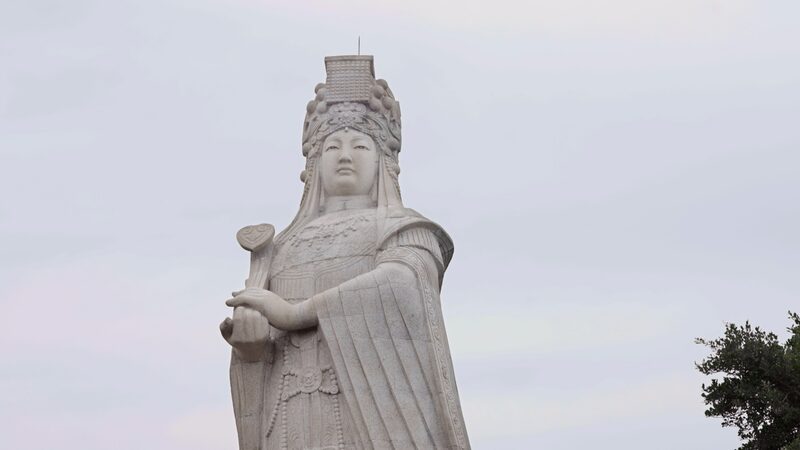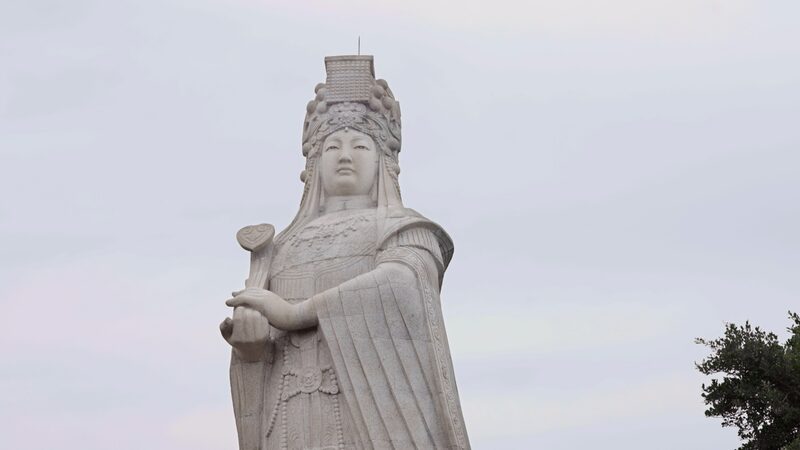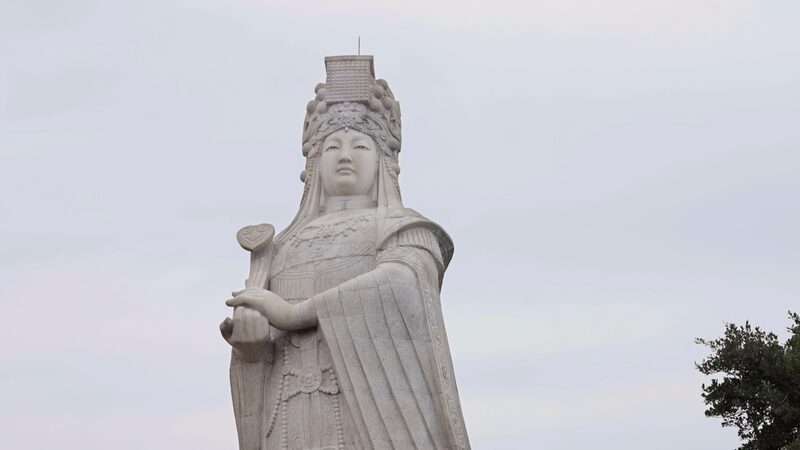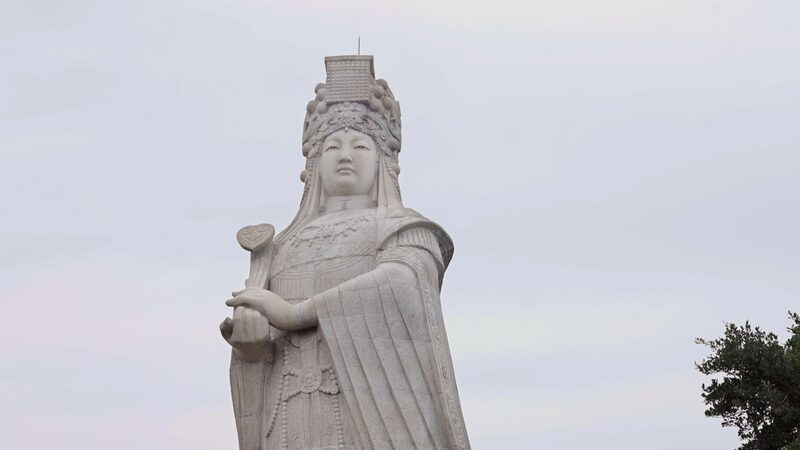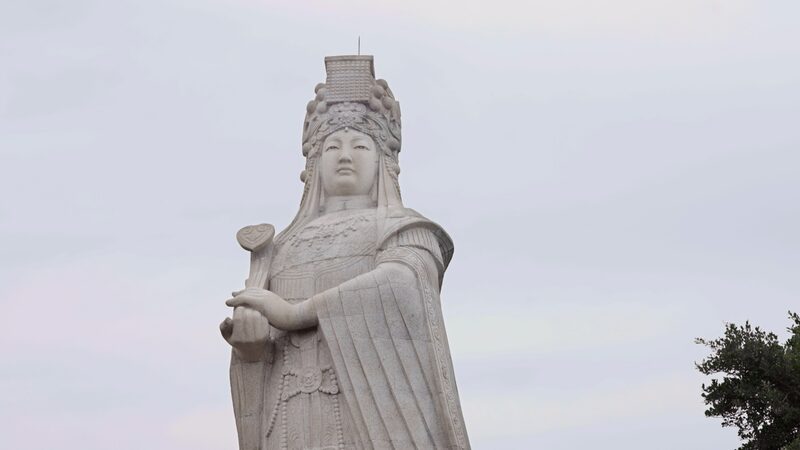As World Dolphin Day approaches, ancient Chinese legends about the Yangtze finless porpoise and Chinese white dolphin offer timeless lessons in ecological harmony. These creatures, once revered as guardians of rivers and seas, are now symbols of urgent conservation efforts.
One legend tells of Xiangfei, whose tears transformed into river spirits resembling finless porpoises, embodying undying love and connection to waterways. Fishermen along the Yangtze historically called the porpoises "river pigs," believing their presence signaled safe passage through treacherous currents—a testament to human-animal interdependence.
Coastal communities worship the white dolphin as a companion to sea goddess Mazu, credited with calming storms and guiding ships. Today, researchers note how these stories mirror real dolphin behavior, with pods often appearing before weather shifts.
Modern China has leveraged this cultural legacy to drive conservation. The Yangtze finless porpoise, down to 1,000 individuals, now benefits from fishing bans and habitat restoration. In Fujian, schools use dolphin folklore to teach marine ecology. A recent study shows communities near protected dolphin habitats report stronger support for environmental policies.
"These legends aren't fairy tales—they're blueprints for coexistence," says marine biologist Dr. Li Wei. As climate change and pollution threaten coastal ecosystems, reconnecting with ancestral wisdom may hold keys to sustainable futures.
Reference(s):
Echoes of the deep: The magical world of Chinese dolphin legends
cgtn.com


